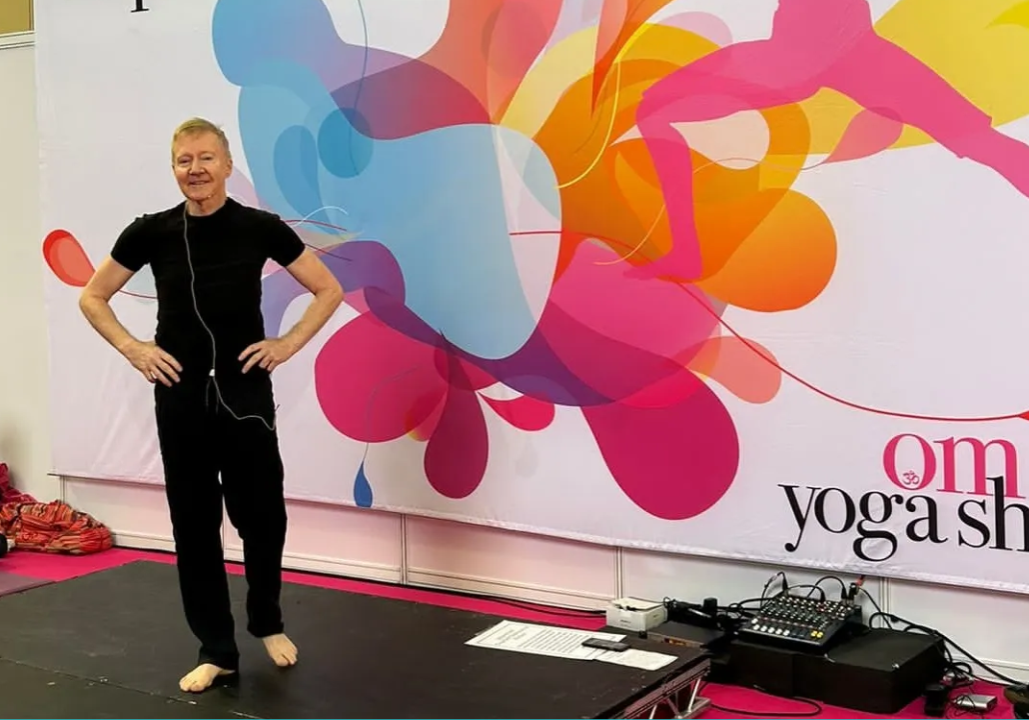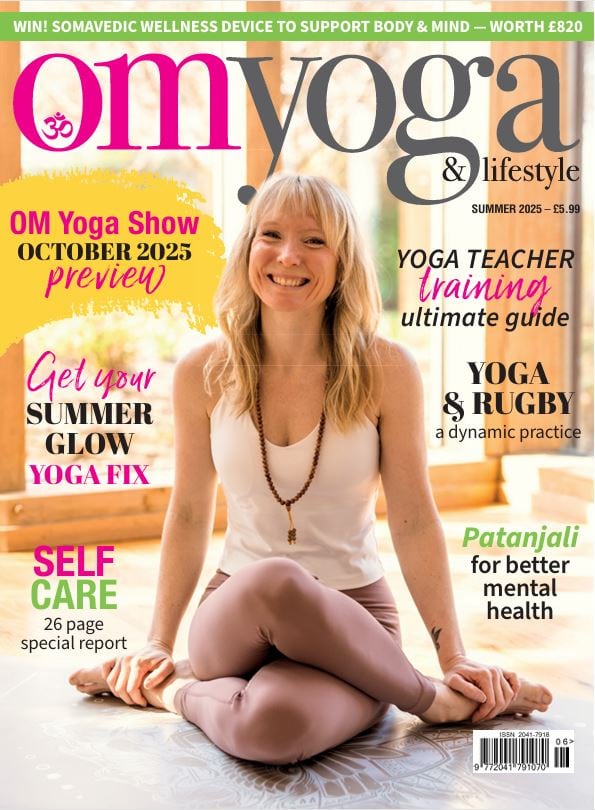1. How qualified is the trainer? Surprisingly, some teacher training courses are set up by recently-qualified teachers – possibly even 200-hour graduates. It’s important that the trainer you choose has in-depth knowledge and many years’ of teaching practice. Always ask them for their credentials before committing, and make sure that you don’t get talked into signing up by a yoga salesperson!
2. How much in-person time is included? I have heard of training courses that are spearheaded by experienced teachers, but then these teachers only appear occasionally (possibly on Zoom). Ask how much actual in-person time will the lead trainer be dedicating to your course.
3. What is included on the course syllabus? Be wary of specific types of yoga training courses. Whilst ‘Vinyasa’ yoga is popular at the moment, you may not wish to restrict yourself to only this type of teaching, as trends do change. Your course should be able to provide exposure to various forms of yoga, preferably concentrating on longer lasting styles. Also ensure the course will cover the history of yoga, philosophy, anatomy and check that the ‘eight limbs’ of yoga will be taught – not just asanas (postures).
4. Is the certification valid? Some certificates are more worthwhile than others, and gyms, studios and shalas will know what to look for. Check the organisation that certifies your course is valid and professional, and verify that the certificate will be recognised by whatever venue you are likely to teach at.
5. Is the course intensive or over a period of time? Ask yourself: can you take in information instantly before moving to another subject the next day? If not, intensive training may not be for you. Learning over time will allow you to read relevant materials and complete homework between modules, providing a Will Lavin is a senior yoga teacher and teacher trainer for YogaTTS (yogatts.co.uk) longer-lasting experience. If, however, you already know everything and merely want the certificate, intensive may be for you. But again, some gyms and clubs may give priority to longer courses, as they also do to in-person rather than online courses.
6. Quality of the venue When looking for a course, you may not consider the facilities at the centre. But if you end up wearing a coat and clutching a thermos flask whilst learning, you will realise how important this is. Check you are choosing a good learning environment with decent heating/cooling. Good coffee and food is also nice, as is a decent environment for head-clearing walks.
7. Is there any after-course support? It is critical that when you qualify you are not merely left to your own devices. A good course will help you get set up, provide references and possibly include you in teaching opportunities. You should expect at least a year of post-training support.
Will Lavin is a senior yoga teacher and teacher trainer for YogaTTS (yogatts.co.uk)




